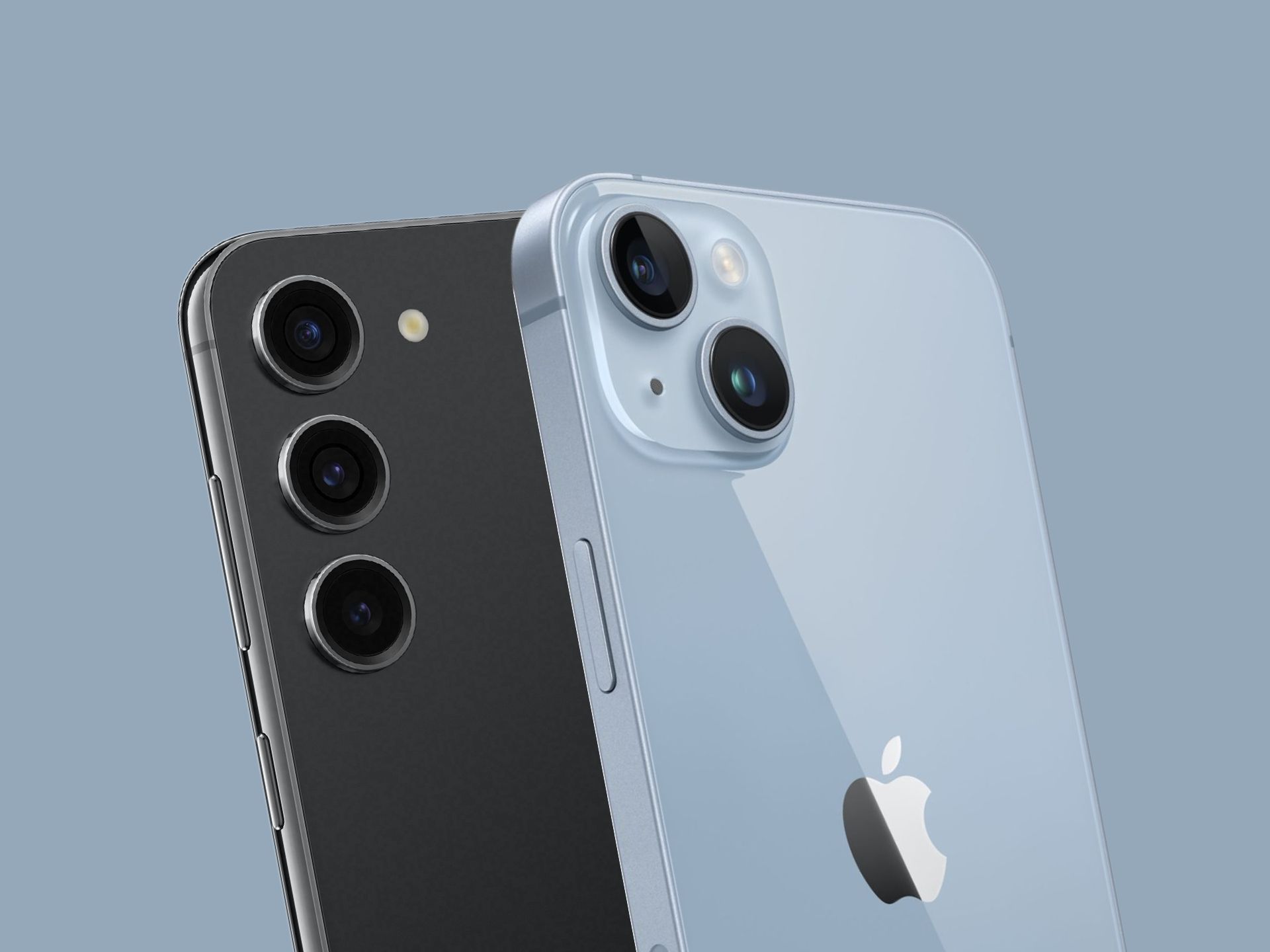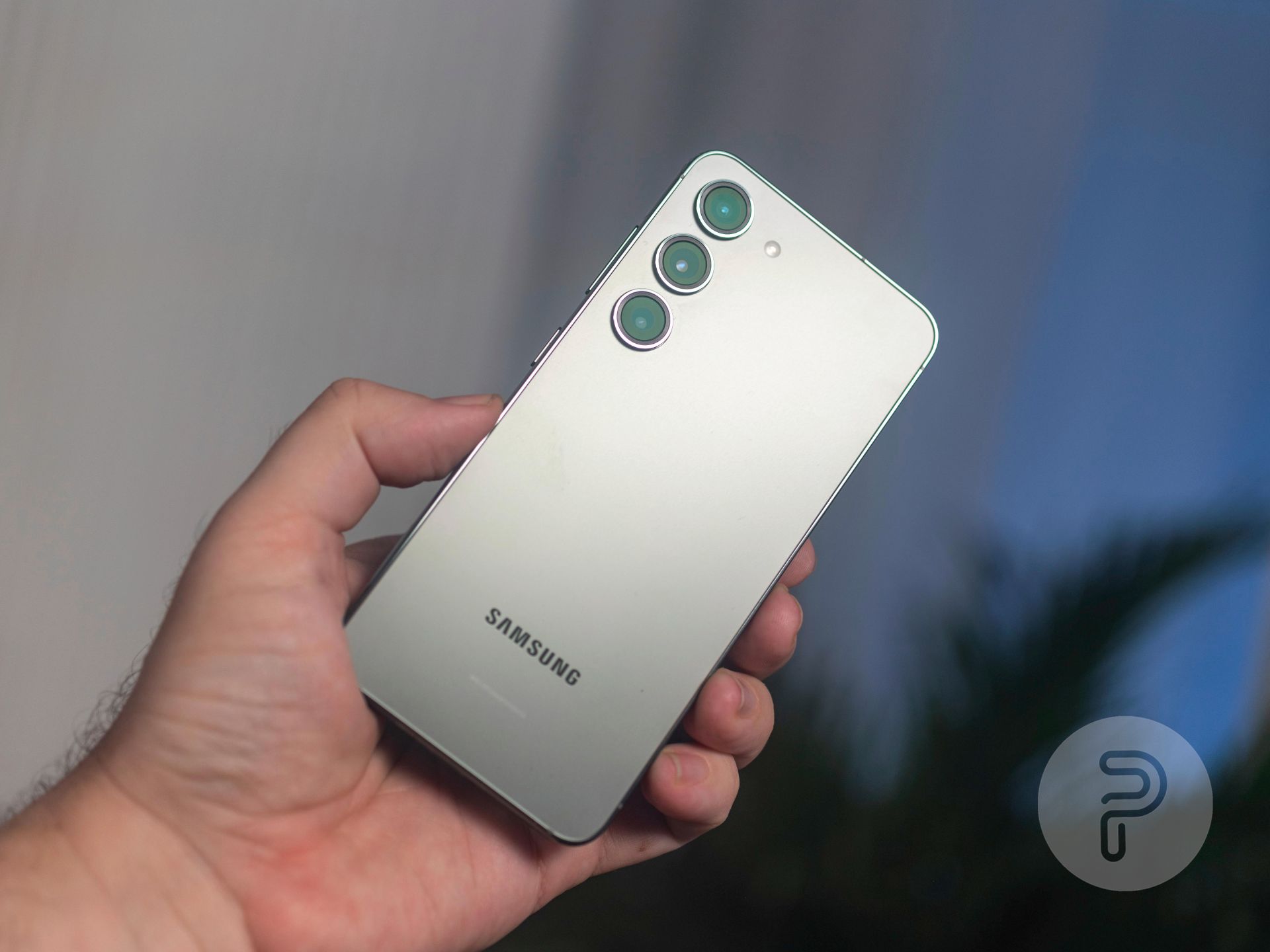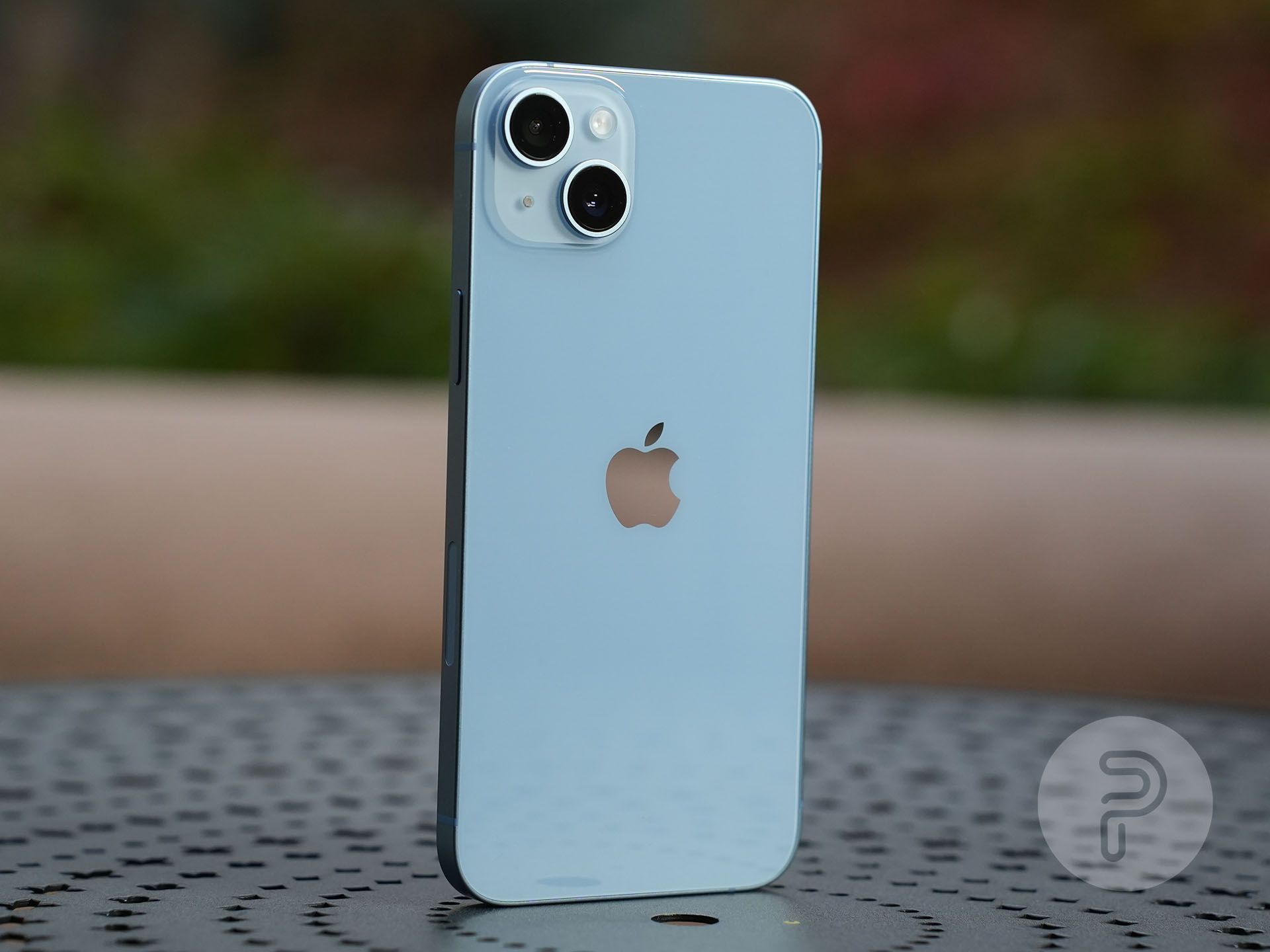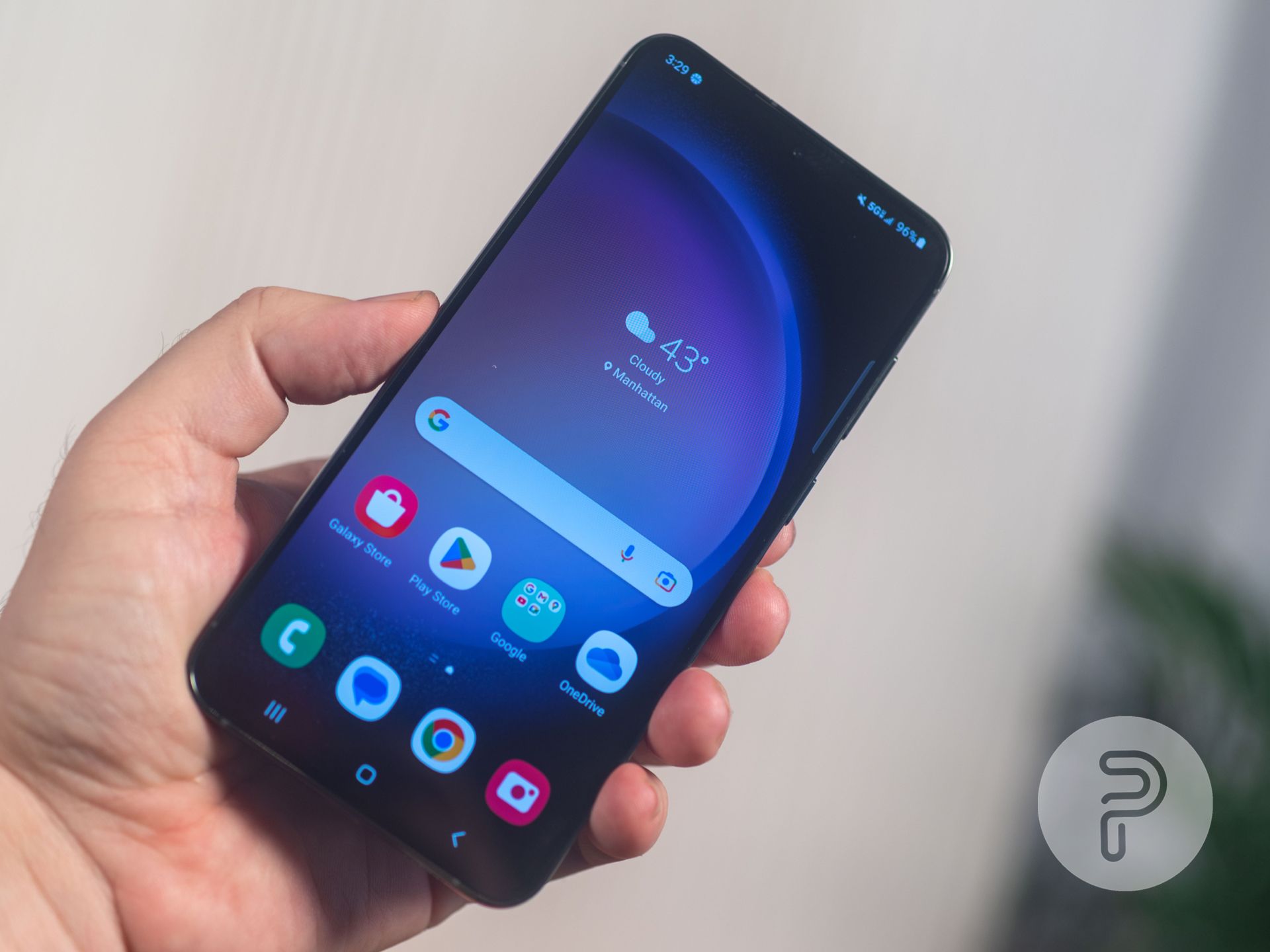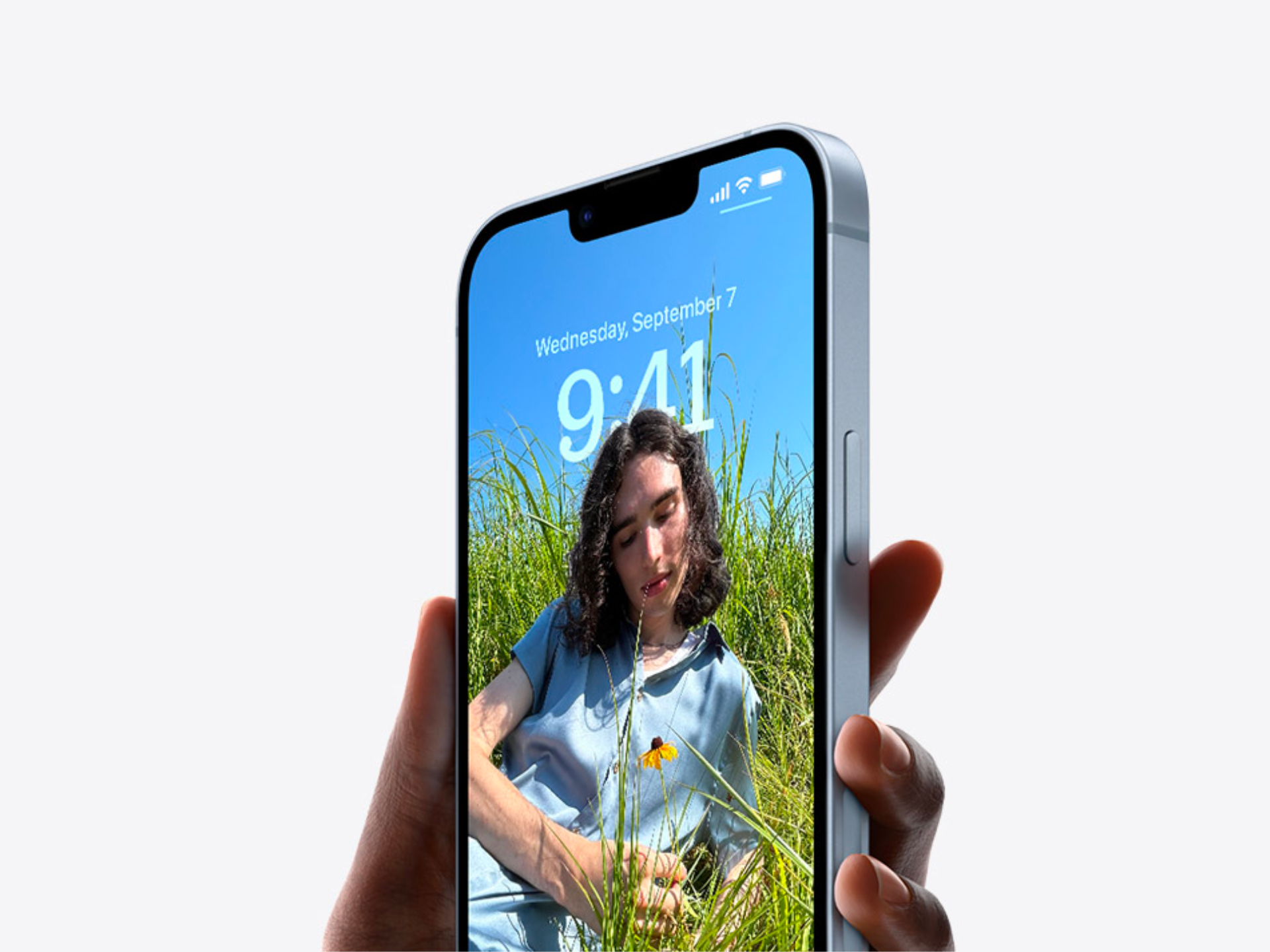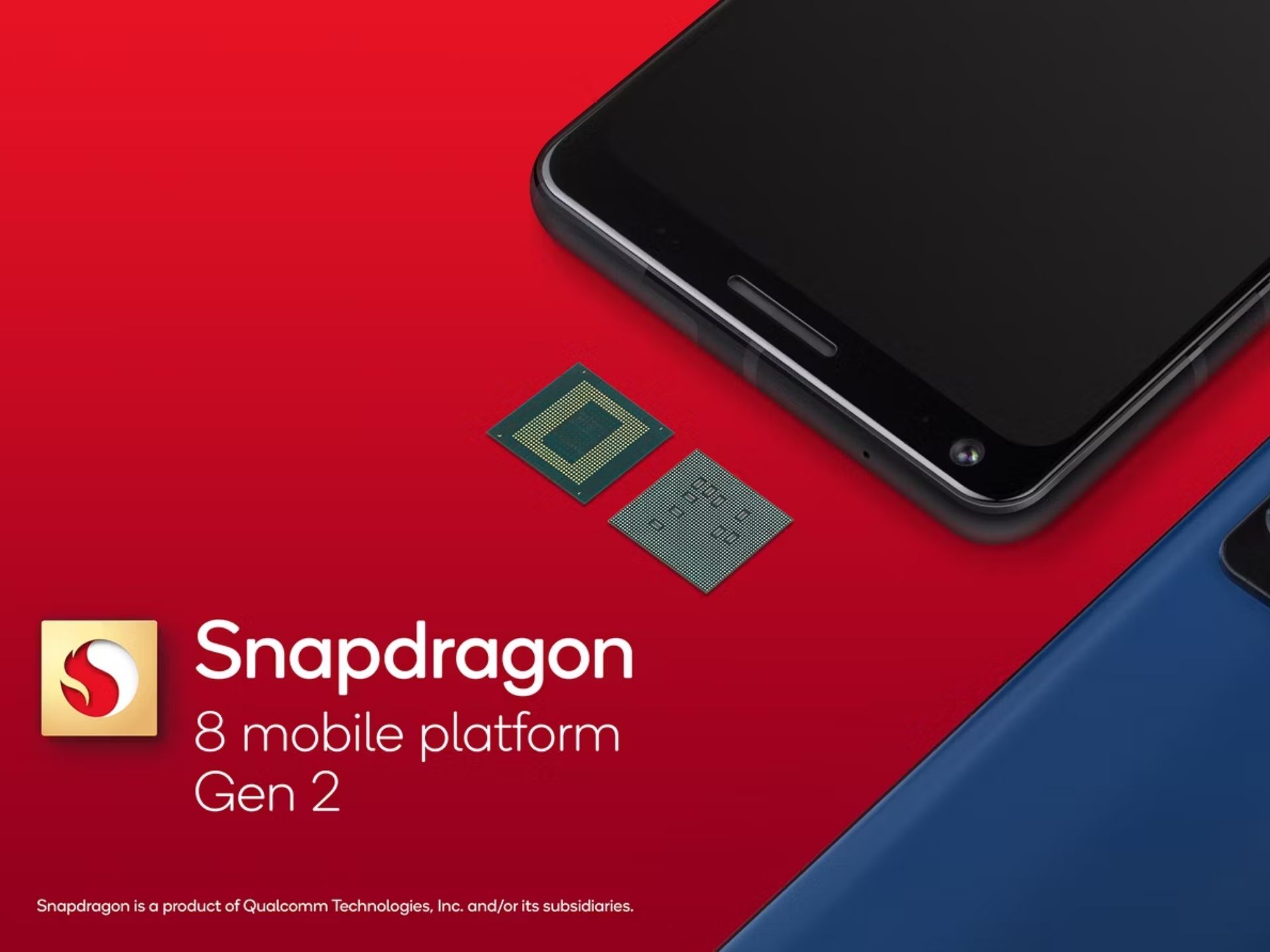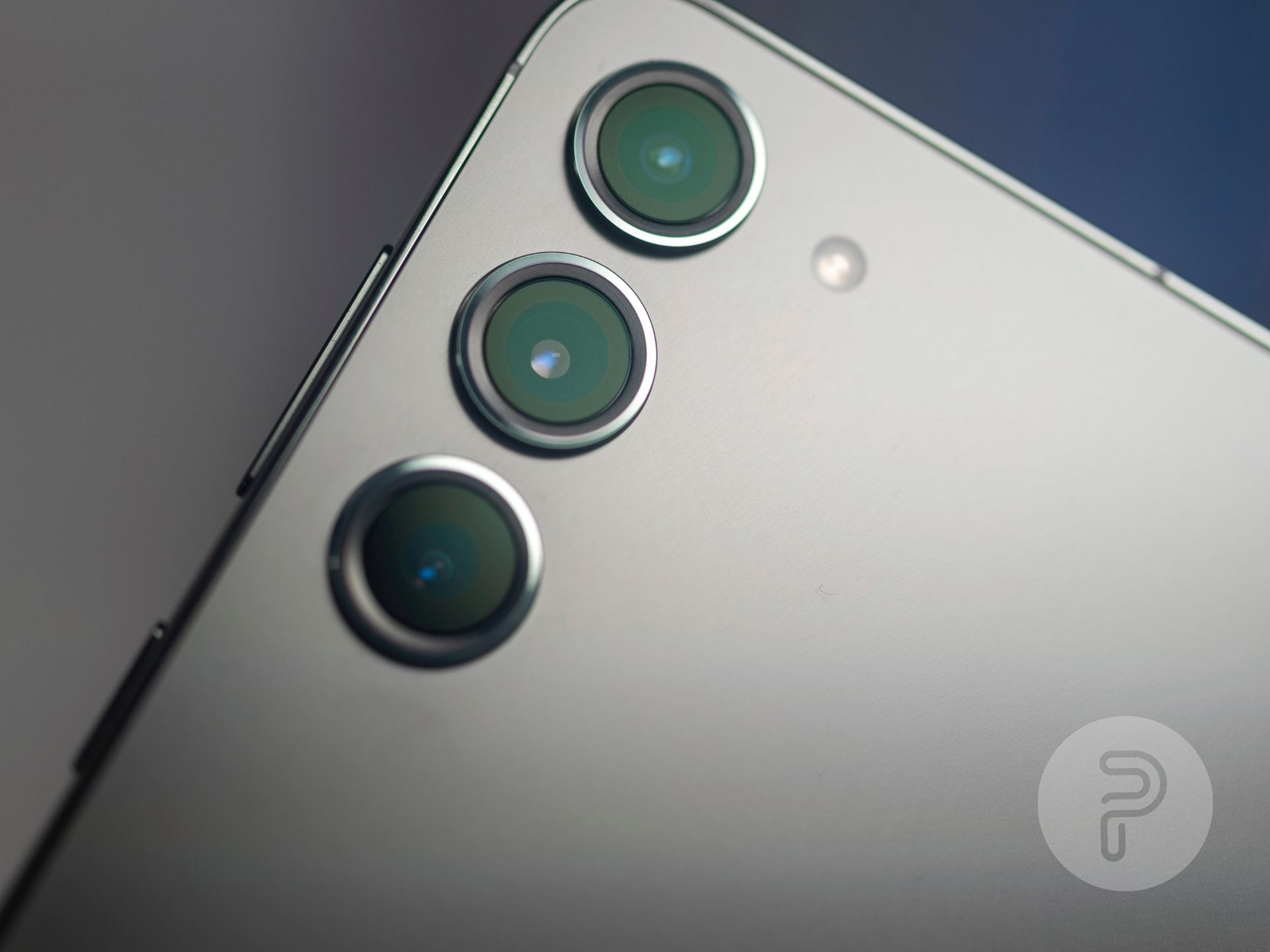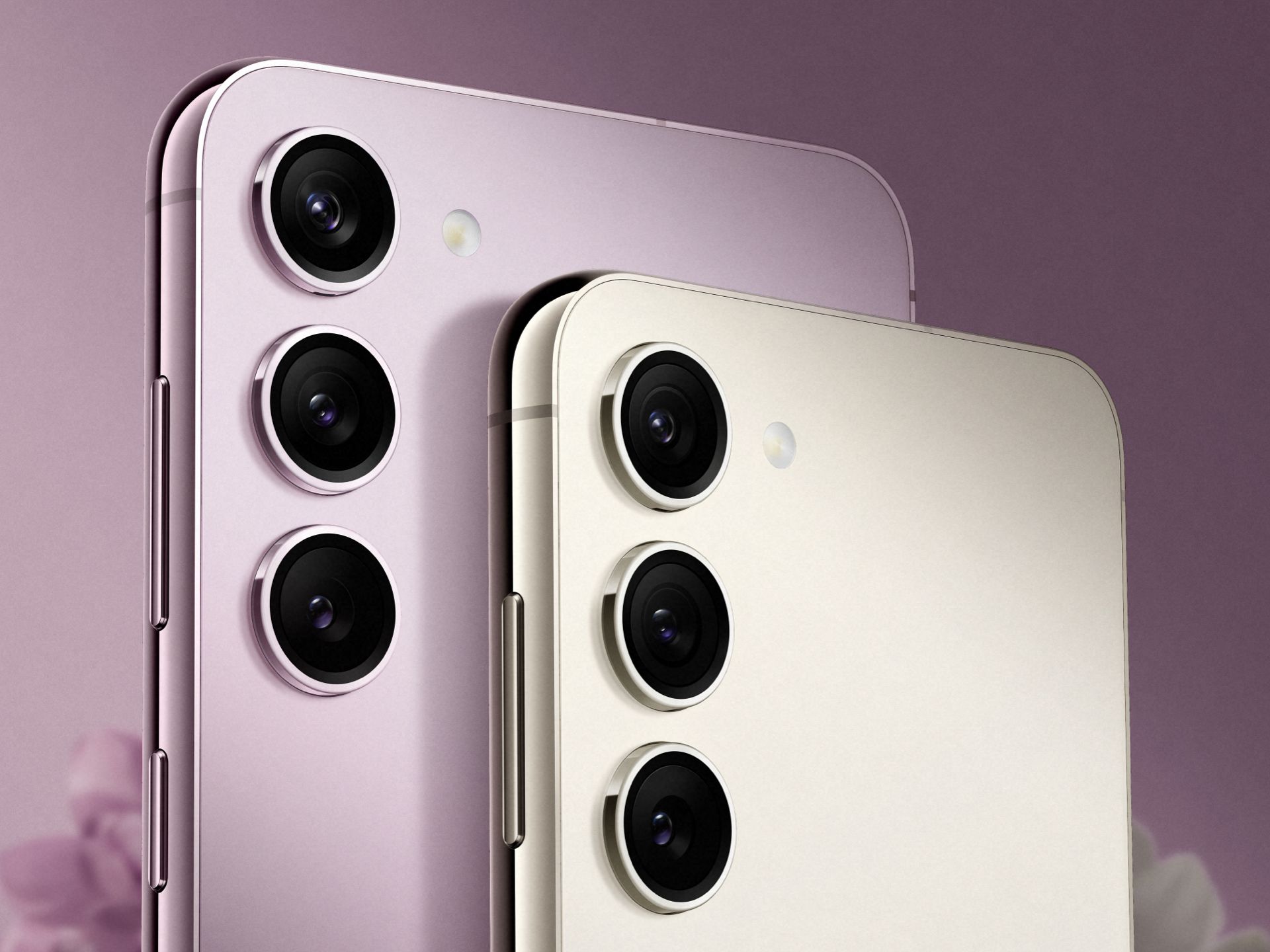Quick Links
The Samsung Galaxy S23+ joins the smartphone fray in 2023 with a redesigned back panel and flagship-grade specifications. Until recently, the Plus models from Samsung didn't have any direct competition from Apple, but the launch of the iPhone 14 Plus in September 2022, now leaves an option available for interested buyers.
Here we compare the two large phones to see how they stack up against each other and which one you should consider.
Price
The Galaxy S23+ and iPhone 14 Plus are both devices whose retail prices hover around the $1000 mark. The iPhone 14 Plus starts at $899 and goes up to $1,099, while the Galaxy S23+ starts at $999.99 and offers a second variant that costs $1,119.99. While it may seem the devices trade blow for blow in terms of price, when it comes to the value on offer, the Galaxy S23+ outdoes the iPhone, particularly with its display.
|
Variant |
Samsung Galaxy S23+ |
Apple iPhone 14 Plus |
|---|---|---|
|
128GB |
- |
$899.00 |
|
256GB |
$999.99 |
$999.00 |
|
512GB |
$1,119.99 |
$1,099.00 |
-
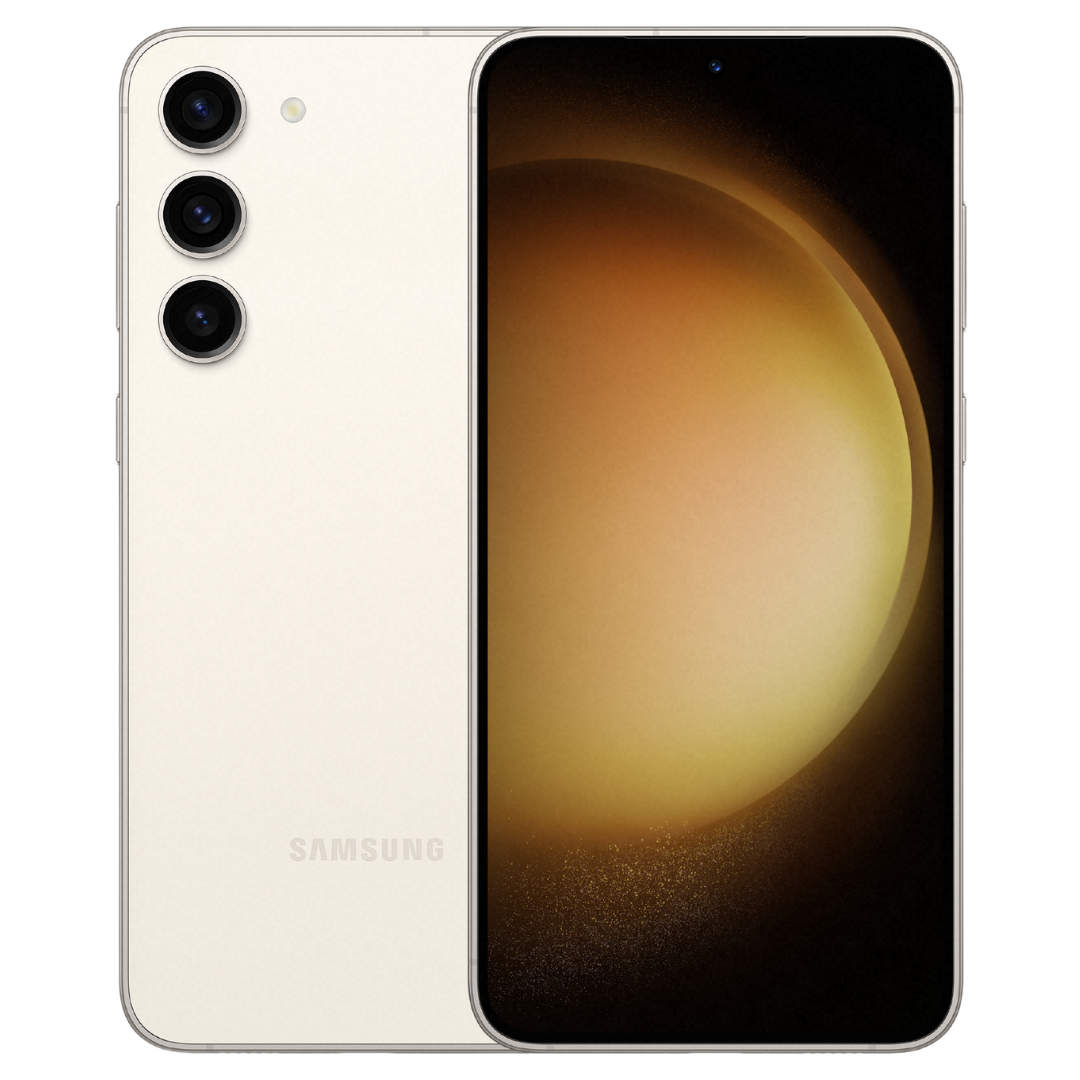
Samsung Galaxy S23+
$250 $1000 Save $750The Samsung Galaxy S23+ provides an ideal blend of top-tier specifications, features, and affordability. It ships with a big 6.6-inch AMOLED display, Snapdragon 8 Gen 2 chipset, and a triple camera array that's proven itself to be reliable in any scenario.
-
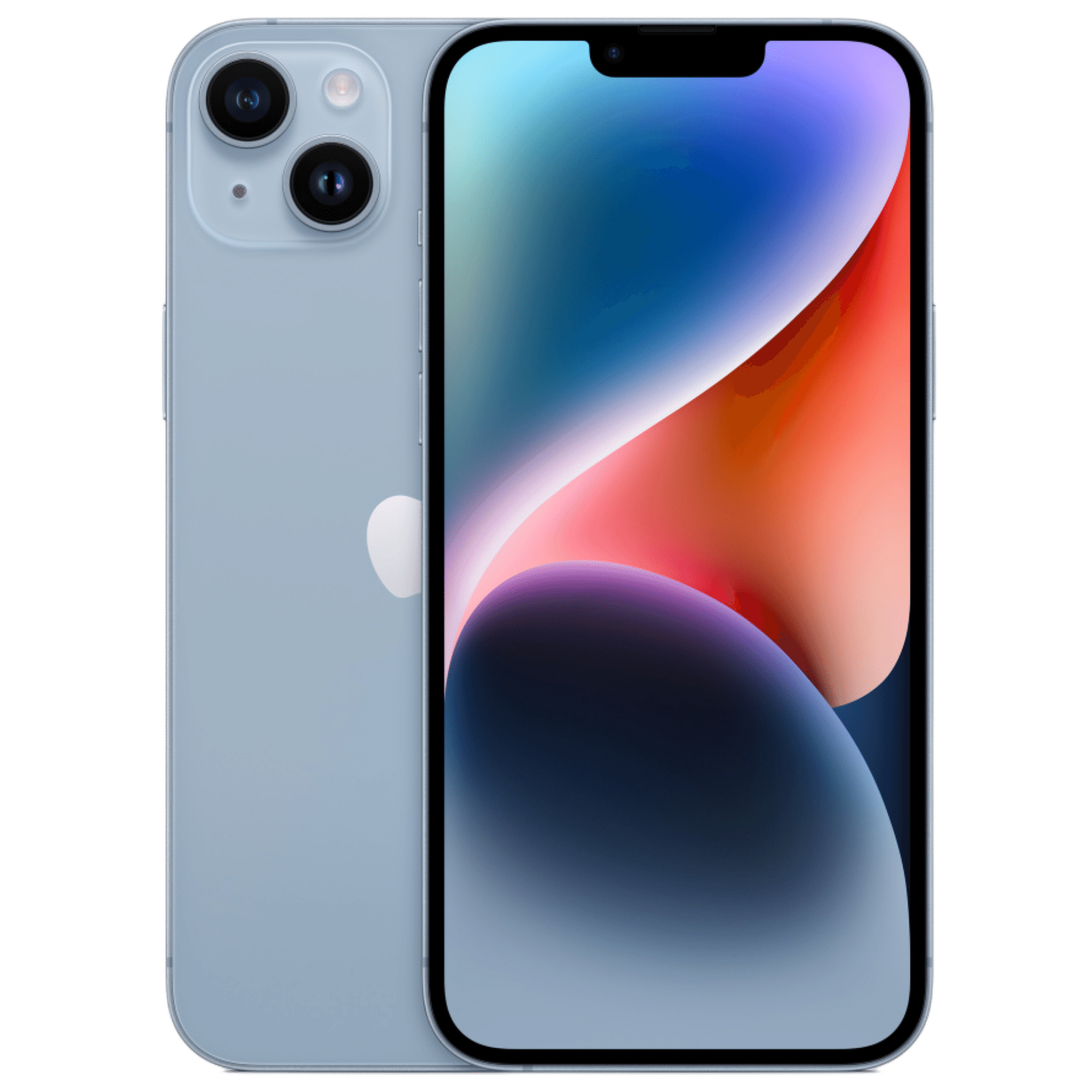
Apple iPhone 14 Plus
iPhone 14 Plus enters as the device to pick over iPhone 14 if you want the same high-tier performance and great cameras, with the added advantage of a screen that will help you see more at once and longer battery life.
Technical Specifications
|
Category |
Samsung Galaxy S23+ |
Apple iPhone 14 Plus |
|---|---|---|
|
Build |
|
|
|
Dimensions |
|
|
|
Display |
|
|
|
Processor |
Qualcomm Snapdragon 8 Gen 2 |
Apple A15 Bionic |
|
Memory & Storage |
|
|
|
Rear Cameras |
|
|
|
Front Camera |
|
|
|
Security |
|
|
|
Connectivity |
|
|
|
Ports |
USB-C |
Lightning Port |
|
IP |
IP68 Dust and Water Resistance |
IP68 Dust and Water Resistance |
|
Battery |
4,700 mAh |
4,323 mAh |
|
Charging |
|
|
|
Operating System |
OneUI 5.1 (based on Android 13) |
iOS 16.3 |
|
Colors |
|
Midnight, Red, Blue, Lavender, Starlight |
|
Price |
|
|
Design
On a scale of one to ten, if you'd ask us to rate how similar the designs on these devices are, we'd answer with seven. Both phones feature flat displays and flat glass back panels but differ when it comes to frame design. The Galaxy S23+ is slightly rounded on all sides while the iPhone 14 Plus is more squared-off. It also weighs about five grams lesser than the iPhone.
The Galaxy S23+ comes with the advantage of having a matte finish on its back glass — which uses Gorilla Glass Victus 2 — which allows it to remain fingerprint-free most of the time, though the frame can become a little greasy. The device also drops the conventional camera module design we've seen in the past for a more minimalistic one, with only the lenses protruding out the back of the device.
As for iPhone 14 Plus, the device looks near-identical to the iPhone 13 and iPhone 14, bar the increase in size. Also, the matte aluminum rails and glossy back glass finish are here for another year running. Of the two devices, it's likely the Galaxy S23+ will feel more comfortable in your hands due to the subtle curves on its frame and lighter weight, though it can even come down to personal preference.
Display
The Galaxy S23+ ships with a 6.6-inch FHD+ display that uses Samsung's Dynamic AMOLED 2X panel. It has an adaptive refresh rate (48Hz ~120Hz) and seamlessly transitions within its range based on the display content. While Samsung doesn't publish any numbers for typical use, it does state that high brightness mode will push the display to output 1200 nits (HDR content will also match this number), and outdoor use can enable a peak of 1750 nits.
On the iPhone 14 Plus, you will find a slightly larger 6.7-inch panel, using Super Retina XDR technology with a resolution that's slightly above FHD+. While the display doesn't fall behind in terms of quality, when it comes to features, it does lag behind the Galaxy S23+. The panel has a max refresh rate of 60Hz and typical brightness hits a max of 800 nits, with HDR content pushing the panel to 1200 nits. Also, there isn't even an outdoor mode as seen on the S23+ and even the iPhone 14 Pro.
Processor, RAM, and Storage
The Galaxy S23+ ships with a custom Qualcomm Snapdragon 8 Gen 2 processor with CPU and GPU cores clocked higher than the standard variant. Regardless, it is the latest available option from Qualcomm and comes up with a 4nm fabrication process, promising better performance and efficiency.
On the other hand, the iPhone 14 Plus ships with the A15 Bionic (with more GPU cores) from 2021. Although it is the upgraded variant, the processor is still over a year old and will fall short of the Snapdragon in synthetic benchmarks.
But when it comes to day-to-day use, if you're planning on just hopping between multiple apps or even rendering videos within mobile editing apps, it's likely that you will not see any significant difference in performance. Though if you plan on capturing a lot of images or playing newly developed games, the processing capabilities of the Snapdragon will have a positive impact on the image quality and in-game rendering.
As for RAM and storage options, the Galaxy S23+ has two storage options — 256GB and 512GB — with 8GB of RAM. The iPhone 14 Plus offers three options, 128GB, 256GB, and 512GB, all with 6GB of RAM.
Camera
While we wait for reviews to arrive and detail the nitty gritty aspects of the camera performance on Galaxy S23+, we can briefly look at how the hardware differs between the two phones.
The Galaxy S23+ has a triple camera system on its back, headlined by a 50-megapixel wide sensor and supported by a 12-megapixel ultrawide plus 10-megapixel telephoto. There's also a new 12-megapixel shooter on the front. As for the iPhone 14 Plus, the device features a dual camera system, which uses 12-megapixel wide and 12-megapixel ultrawide cameras. Here too, you'll see a 12-megapixel shooter on the front. In the table below, we've detailed the aperture that each of these lenses uses.
|
Camera |
Samsung Galaxy S23+ |
Apple iPhone 14 Plus |
|---|---|---|
|
Wide |
50-megapixel
|
12-megapixel
|
|
Ultrawide |
12-megapixel
|
12-megapixel
|
|
Telephoto |
10-megapixel
|
- |
Of the two devices, it's evident that the Galaxy S23+ is more versatile with its additional telephoto lens. So, if you're planning on taking creatively-focused photos where quick captures aren't necessary, the S23+ will provide you with more options. Though if you want to quickly capture photos and move to the next subject, the faster shutter speed on the iPhone can be a point to consider.
Battery
When it comes to endurance, despite its smaller battery sizes, the iPhone has proven itself to be a device that's tough to outlast. And although the Galaxy S23+ has a larger 4,700 mAh cell, we anticipate it will fall short of the backup provided by the iPhone's 4,323 mAh cell. Factors like the brighter display, higher refresh rate, and more powerful processor on the Galaxy S23+ are bound to contribute to this result.
But while we expect the Galaxy S23+ to fall behind the iPhone in terms of endurance, it doesn't lose out when it comes to charging, even if it has a larger cell. The Galaxy S23+ supports input from a 45W charger that will have it go from 0 to 50% in 30 minutes. The iPhone 14 Plus offers a similar claim with its smaller cell.
Wireless charging technology on the Galaxy S23+ is also a step above. It can accept inputs of up to 15W from any Qi-certified charger and charge other devices with a 4.5W output via Wireless Powershare.
On iPhone, a Qi-certified charger can only provide 7.5W of power, and to accept 15W, you will need to shell out extra money for a MagSafe-compatible wireless charger. There isn't any support for using reverse wireless charging to power other phones on iPhone.
The Galaxy S23+ Is a Few Steps Ahead
Overall, when we look at the two phones on paper, the Galaxy S23+, with its better display, versatile camera, and powerful processor, puts itself ahead of the iPhone 14 Plus. If we choose to leave out subjective aspects like the ecosystem these devices work with, and if you're a buyer who prefers having the best available hardware for the cost, Samsung is the device to consider between these two.
Now, if you're considering saving on costs, we also recommend looking at last year's Galaxy S22+, the predecessor isn't that different from the Galaxy S23+ and is another excellent option in 2023.

